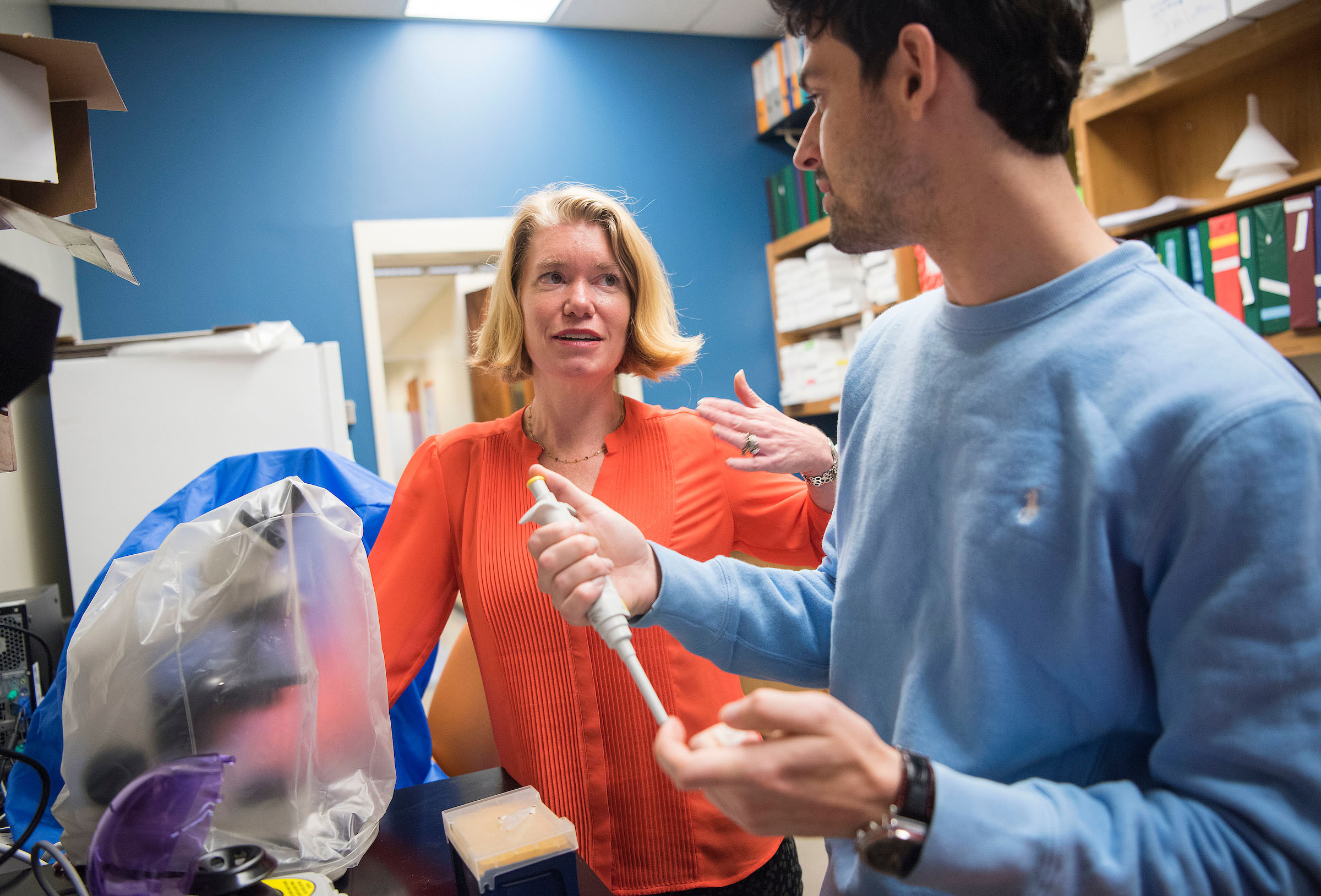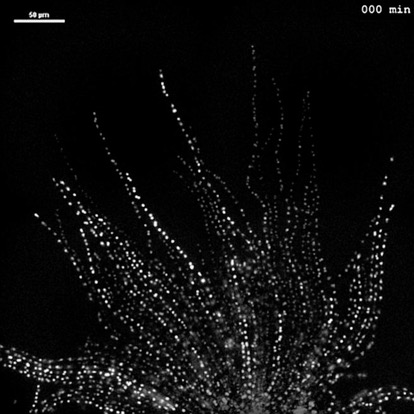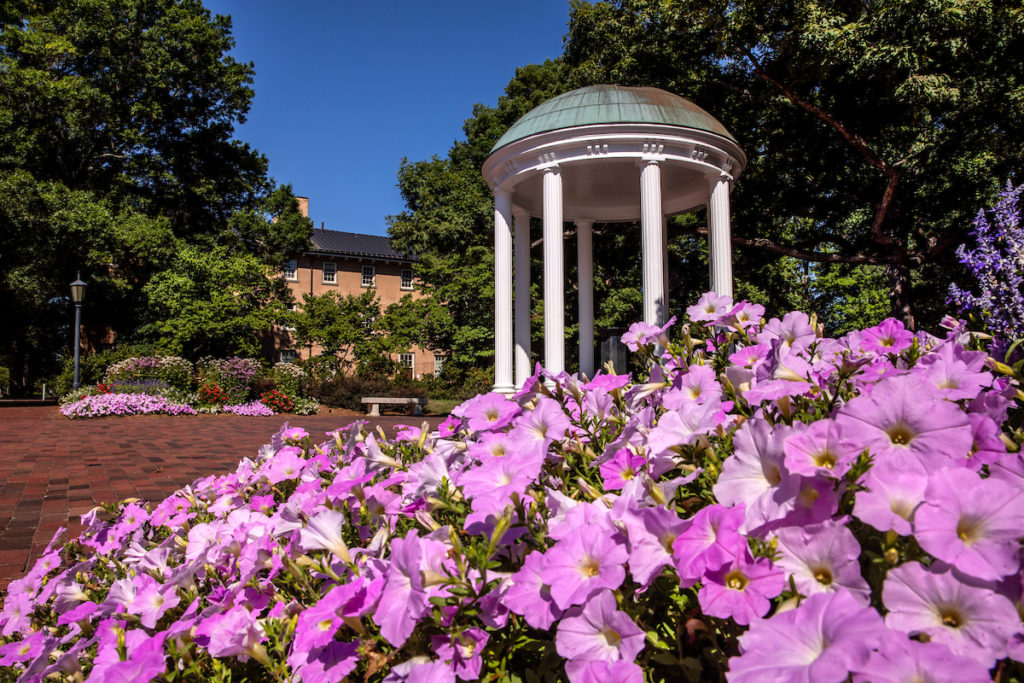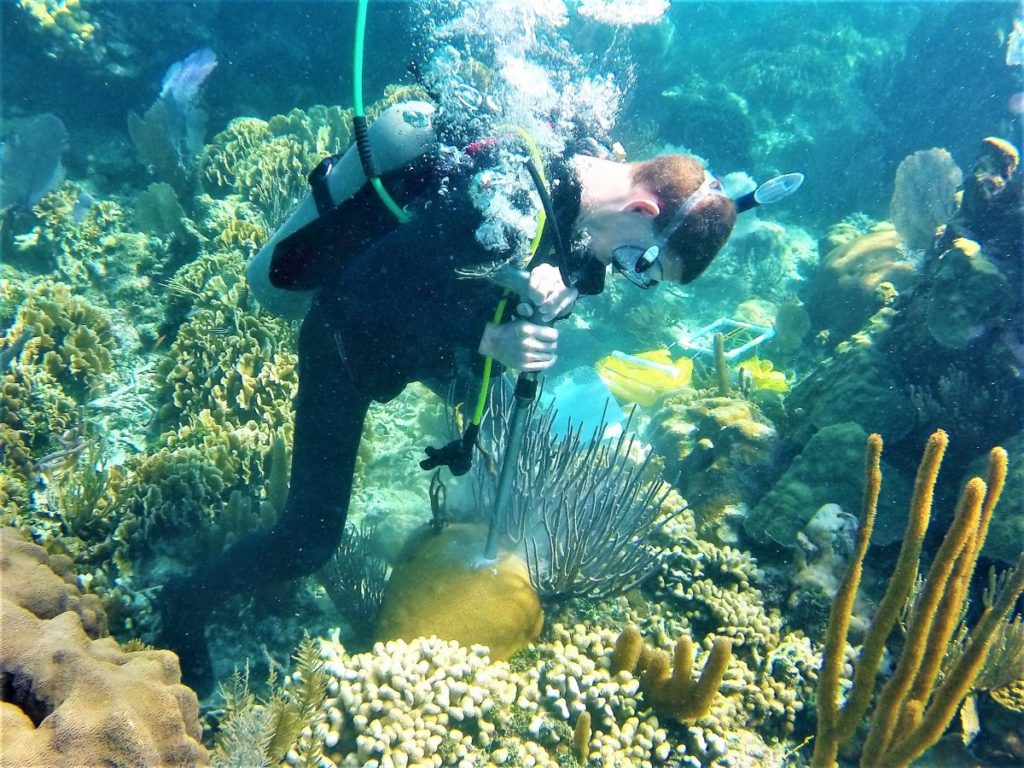
Biologist Amy Gladfelter has received a “10 big ideas for future investments” award from the National Science Foundation (NSF) to support interdisciplinary research in “Understanding the Rules of Life.”
The awards, totaling $15 million and given to 29 projects, demonstrate NSF’s commitment to address some of the greatest challenges in understanding the living world, in all of its complex levels of organization, from the molecular scale through to the biosphere.

Researchers in these projects will develop better and newer research tools and infrastructure and establish a collaborative culture to train the next generation of scientists in cross-disciplinary scientific inquiry.
Gladfelter, associate professor of biology in UNC’s College of Arts & Sciences, joined by mathematician Marcus Roper (UCLA) and geneticist Louise Glass (UC-Berkeley), received a $1 million award through the Research Advanced by Interdisciplinary Science and Engineering (RAISE) program. RAISE honors bold, interdisciplinary projects whose scientific advances lie mostly outside the scope of a single discipline and appear to promise transformational advances.
Their project is called “Specialization and decision-making among synctial nuclei.”
Cells that contain multiple nuclei are common across the entire tree of life, and in every biosphere from bone, muscle, placenta and embryos of animals to the complex networks formed by fungi, water and slime molds. Yet little is known about the advantages an organism receives from having multinucleated cells, or how multiple nuclei communicate and coordinate to control the cells’ behavior.
In parallel with the goals of the research, graduate students will gain unique interdisciplinary training in mathematical modeling, cell biology, genetics and imaging. Undergraduates will make frontier-level contributions to the research. The project will also catalyze new K-12 outreach activities, including training of teachers and creation of new lesson plans focusing on real-world applications of mathematics, and the role of quantitative analysis in biology. Finally, a workshop will bring together mathematicians and scientists studying diverse multinucleate cells, including fungi.
Listen to a WCHL “Focus Carolina” interview with Amy Gladfelter.




